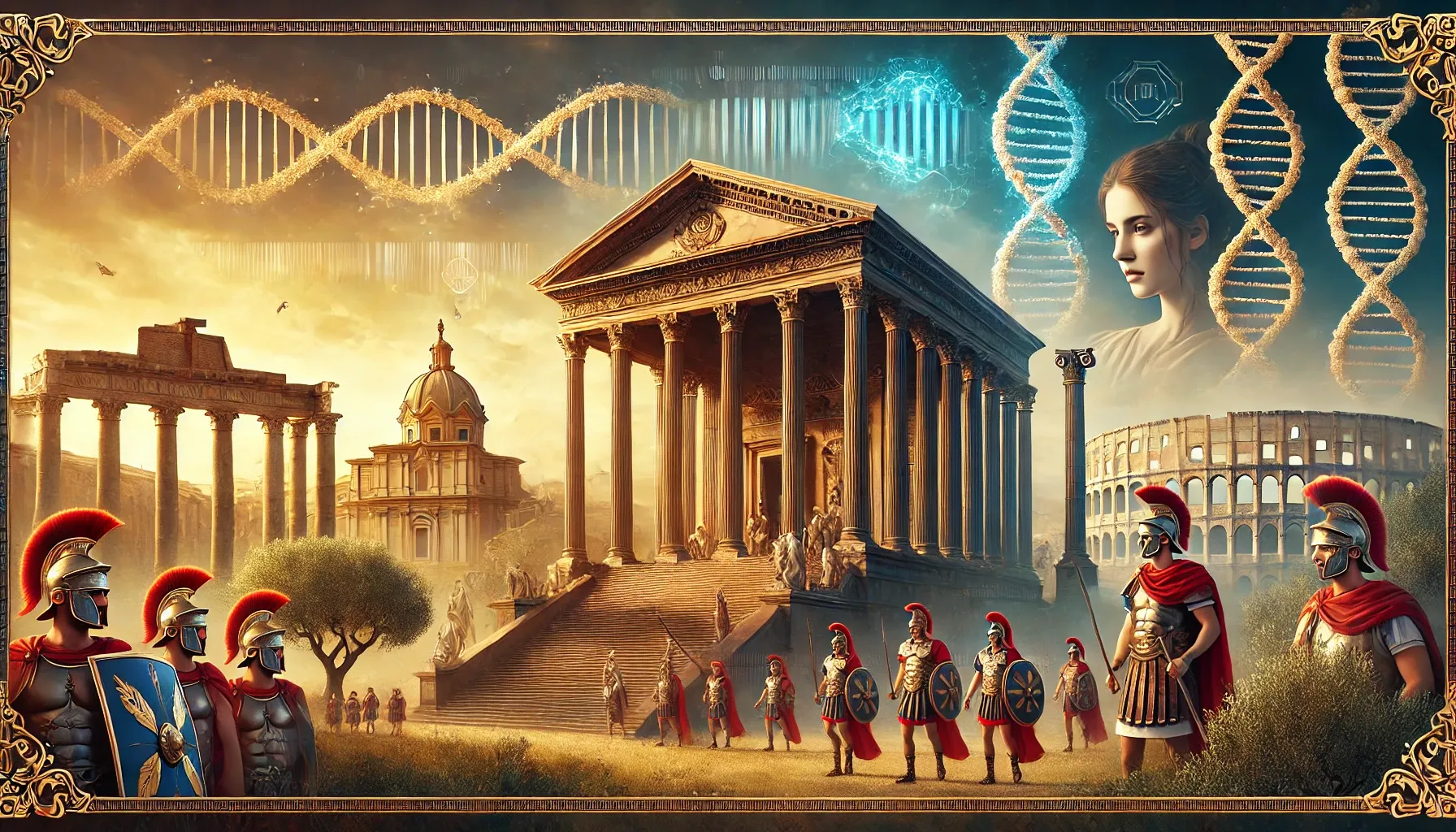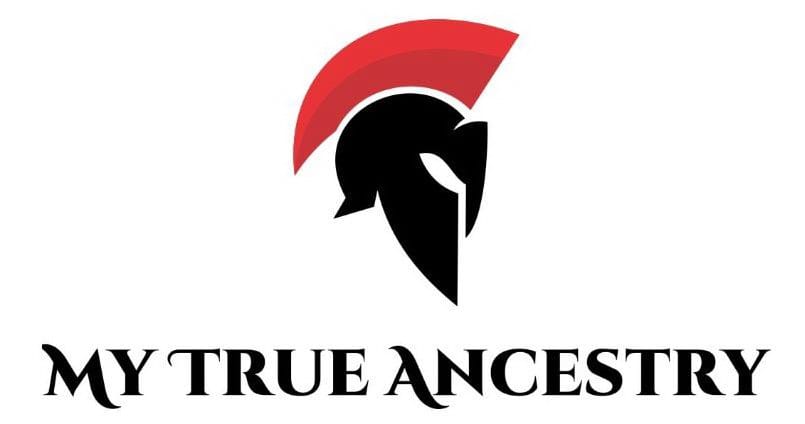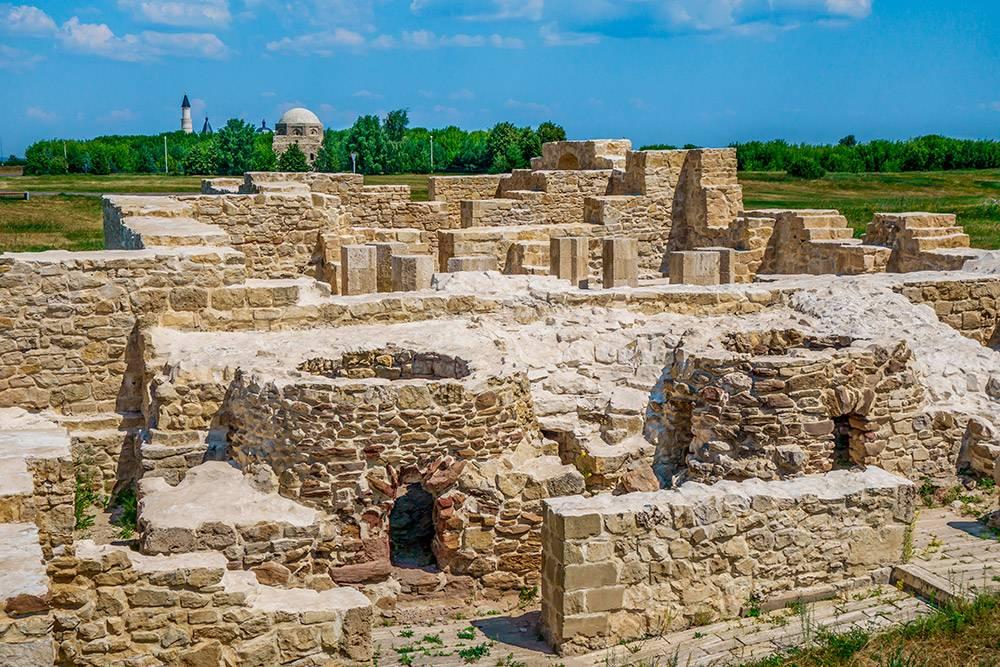Unveiling Medieval Bolgars Genetic Mosaic: Insights from Genomic Study of 14th Century Burials





Archaeological Insights from Great Bolgar's Greek Chamber
In the heart of Eastern Europe, Great Bolgar held a significant place in medieval history. The city, nestled in what is today Russia, was a melting pot of cultures, bustling with trade and home to numerous ethnic groups. Recent genetic discoveries from this historical site unfold fascinating tales from the past, neatly entwined with the artifacts and skeletal remains unearthed around the "Greek Chamber," a necropolis bearing striking connections to Armenian migrants. This bustling medieval city served as a significant cultural melting pot and key administrative hub that saw a fascinating blend of various ethnic groups during the 14th century.
Within Great Bolgar, the "Greek Chamber" stands out as an archaeological treasure, partly due to its initial identification as an Armenian temple, with inscriptions dating back to the early 14th century. The site, expertly excavated by A.P. Smirnov and later by others, revealed fascinating Christian burials that suggest a thriving Armenian presence within a predominantly Muslim city. The burials showcased an intriguing mix of archaic customs and opulent textiles, some adorned with gold and silver, indicating diverse interments of socially significant figures.
This magnificent archaeological site bursts with historical significance, situated just west of the city walls with grand dimensions of 12.6 by 16.4 meters. It once served as a pivotal cultural center, and its architecture and intricate gravestones, adorned with Armenian texts, echo the styles of churches from Noravank and 14th-century Armenia, suggesting it functioned as both temple and necropolis. The rectangular stone structure housed burials with fascinating Armenian links, substantiated by both inscriptional evidence and genetic analysis.
Scientists focused on the genomes of three individuals unearthed near the Greek Chamber: two males and a female. With advanced DNA sequencing, researchers ventured into the depths of past populations using ancient bones and teeth fragments. The genome sequences provided intimate glimpses into the ancestry of these medieval inhabitants, revealing the intricate tapestry of human history woven with strands of DNA, culture, and conquests.
The female remains echo connections with the Finno-Ugric peoples of the Volga-Ural region, illuminating stories of indigenous inhabitants that shaped the region. Her genetic fingerprint provided a bridge between the ancient past and present-day inhabitants of the region, including communities such as the Besermyans and Udmurts. On the other hand, the male remains bore genetic markers tying them to Armenian ancestry, narrating possible tales of migration and cultural exchange from the Caucasus or Anatolia.
Burials within the "Greek Chamber" revealed fascinating customs and provided crucial insights into medieval life. Individuals were interred in decayed wooden coffins marked by iron nails, evidencing their original construction. The graves were accompanied by luxurious silk textiles embellished with gold threads and an array of personal adornments, including temporal gold rings and Byzantine-style jewelry. Such opulence alongside everyday items paints a vivid picture of Bolgar's historical lifestyle and the intersecting worlds of traders, migrants, and local inhabitants.
The grave goods accompanying these individuals reinforce the genetic findings, weaving a narrative of mixed heritage and cultural interactions. Analogies drawn between these artifacts and those from Slavic and Bulgar artifacts of preceding eras highlight a complex tapestry of ethnic amalgamation, underscoring Great Bolgar's status as a crucial hub of commerce and culture during a time of regional upheaval.
Recent advances in whole-genome sequencing have allowed researchers to uncover stories that swirl through the past like currents of the mighty Volga River, upon which the city thrived. Using cutting-edge methods, scientists have stitched together genetic histories from the very bones of the past. Employing techniques like uniparental markers including mitochondrial DNA and Y-chromosome analysis, alongside autosomal markers, researchers pieced together the genetic lineage of ancient Bolgar.
The unraveling of mitochondrial and Y-chromosomal DNA provided further depth to understanding the population's origins. One male lineage hinted at links with the Druze of Israel, while others showed connections with the Caucasus, especially Armenia. Their Y-chromosome haplogroups indicated an Armenian lineage, evoking the presence of Armenian merchants and settlers in the city known for its bustling transcontinental trade. Such findings align with previous archaeological insights from the same chamber, where artifacts hinted at the city's rich tapestry of ethnic interactions.
The medieval Bolgar's population diversity, as evidenced in both craniometric and genetic studies, paints a vibrant picture of past life. These graves unveil not just individuals, but the rich, diverse narratives of peoples who shaped the course of history in this storied city. The results suggest that ancient Bolgar was a hub of ethnic integration, with its population including representatives from various distant lands, serving as a crossroads of cultures where the "Greek Chamber" stands as testament to this diversity.
Comments